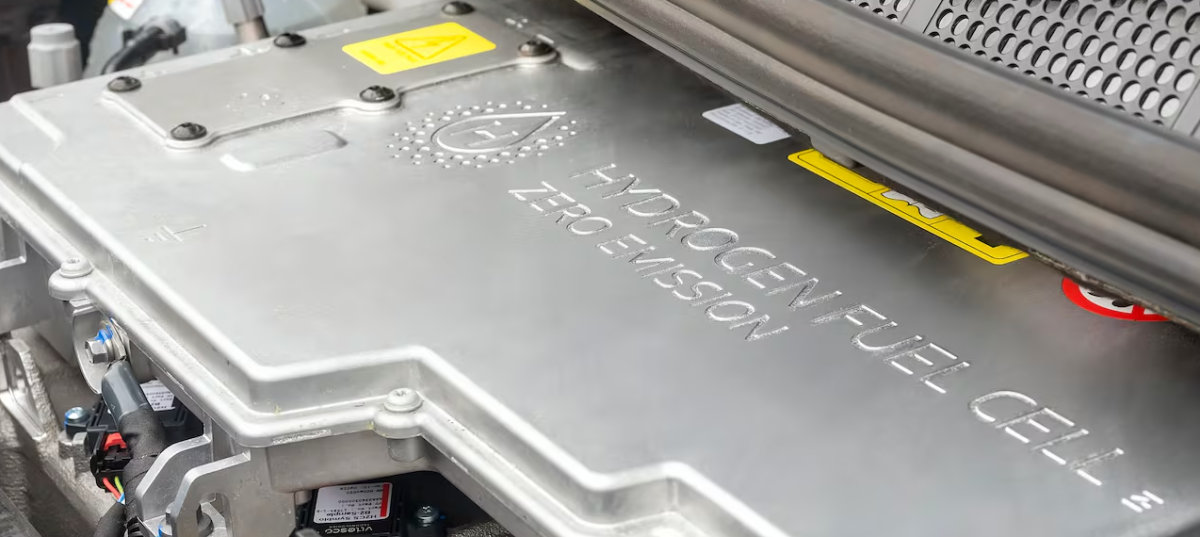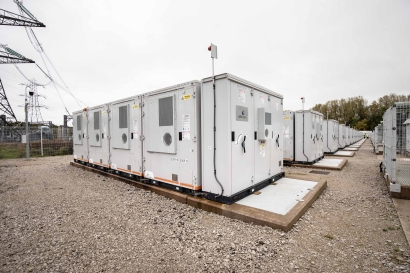An Expansion of Training Will Help American Workers Meet the Manufacturing Moment
There isn’t disinterest in factory work. There’s a lack of workforce training pipelines. One of the most common (and frustrating) arguments against efforts to grow manufacturing in the United States is that “no one wants to work these jobs.” Critics […]


There isn’t disinterest in factory work. There’s a lack of workforce training pipelines.
One of the most common (and frustrating) arguments against efforts to grow manufacturing in the United States is that “no one wants to work these jobs.” Critics cite open manufacturing jobs as evidence that pursuing domestic manufacturing is a worthless cause. If there’s such a shortage of workers, the reasoning goes, why bother investing in manufacturing at all?
What critics miss is that the reason behind these open jobs is not disinterest. Rather, the culprit is the lack of education available for those interested in pursuing these career paths. Instead of investing less in domestic manufacturing, we should take these open jobs as an invitation to invest more in apprenticeship and vocational educational programs that are already having a massive impact.
Funnily enough, one way we can tell that lack of interest isn’t a problem is through a poll often cited by those who argue that it is. According to the Cato Institute, while 80% of respondents believe that the U.S. should invest more in manufacturing, “only” 25% say they would be “better off” working in manufacturing. Although this poll is presented as evidence that “no one wants to work in manufacturing”, Alliance for American Manufacturing President Scott Paul argued in a recent opinion that this is exactly the opposite takeaway we should have.
In 1979, when manufacturing was at its peak, 22% of the workforce was employed in factory jobs. Today, that number has shrunk to 8%. Looking at that poll again, it’s now clear that there is enormous interest in these jobs, and a lack of people actually pursuing them.
“If employment matched demand, we would have a pool of more than 36 million manufacturing workers,” Paul said. “And if that’s the case, we should be changing the ‘college or bust’ mindset by rapidly expanding training pipelines so that more of us can pursue these kinds of careers.”
We also know that manufacturing has gone through many changes. As Charles Crane, vice president of policy at the National Association of Manufacturers, said at a recent Brookings event, “Shop floor workers are not doing the same repetitive motions for the entire 40-year career. They get to be innovative; they get to work with modern technologies; they get to work in a safe, clean…work environment.”
John Hazen White, Chairman of the Taco Family of Companies, similarly concluded, “It’s highly sophisticated; it’s interesting; it’s fun; it’s challenging,” he said. “And there’s a lot of opportunities for people.”
Despite what the critics say, manufacturing is not simply doing extremely repetitive tasks all day. The modern factory is an exciting place. The repetitive work once done by workers can now be automated, while workers themselves can work on “manipulating, programming, installing and servicing the operations.” Paul concludes that “More manufacturing, automated or not, begets innovation, invention and more manufacturing. That means more work.”
So, how do we reach the motivated manufacturing workforce of tomorrow? Paul, Crane, and White all agree on the answer: Training. Vocational training and apprenticeship programs, which educate and build interest in manufacturing careers, have been a success across the country.
Take what’s happening in Elkhart, Ind., as an example. The Washington Post recently reported on a successful apprenticeship program there that offers vocational training in various careers to high school students, including manufacturing. It’s benefited U.S. manufacturers such as Hoosier Crane Service Co., who has been able to employ 10% of their staff through the program. The Elkhart program is a pathway directly into a good paying job: an employee who starts with the company during high school can expect to earn up to $50 an hour by the time they have been with the company for five years.
Meanwhile, in Texas, Bloomberg reported on vocational education at Texas State Technical College. These programs educate students on the modern state of manufacturing, emphasizing how to work alongside automated systems. As vocational training has grown in popularity in the Lone Star State, so has the manufacturing industry, with hundreds of factories being built in central Texas in the last 15 years. This means that once they graduate, students should have no problem finding a high-paying job. It’s no wonder, then, that the only thing preventing more students enrolling in these vocational programs is that there aren’t enough seats for everyone.
These examples of extremely popular programs, as well as many others like them across the country, should demonstrate that there is a demand to work in the manufacturing industry. We just need to better meet that demand by expanding these programs and educating students on options besides getting a bachelor’s degree.
The next time someone tries to tell you that no one wants to work in the manufacturing industry, tell them confidently that’s not true. What is true is that there are often no clear options for those who want to pursue these careers. But by expanding these pathways that can change, and we can increase our manufacturing capacity right here in the United States.
What's Your Reaction?



























































